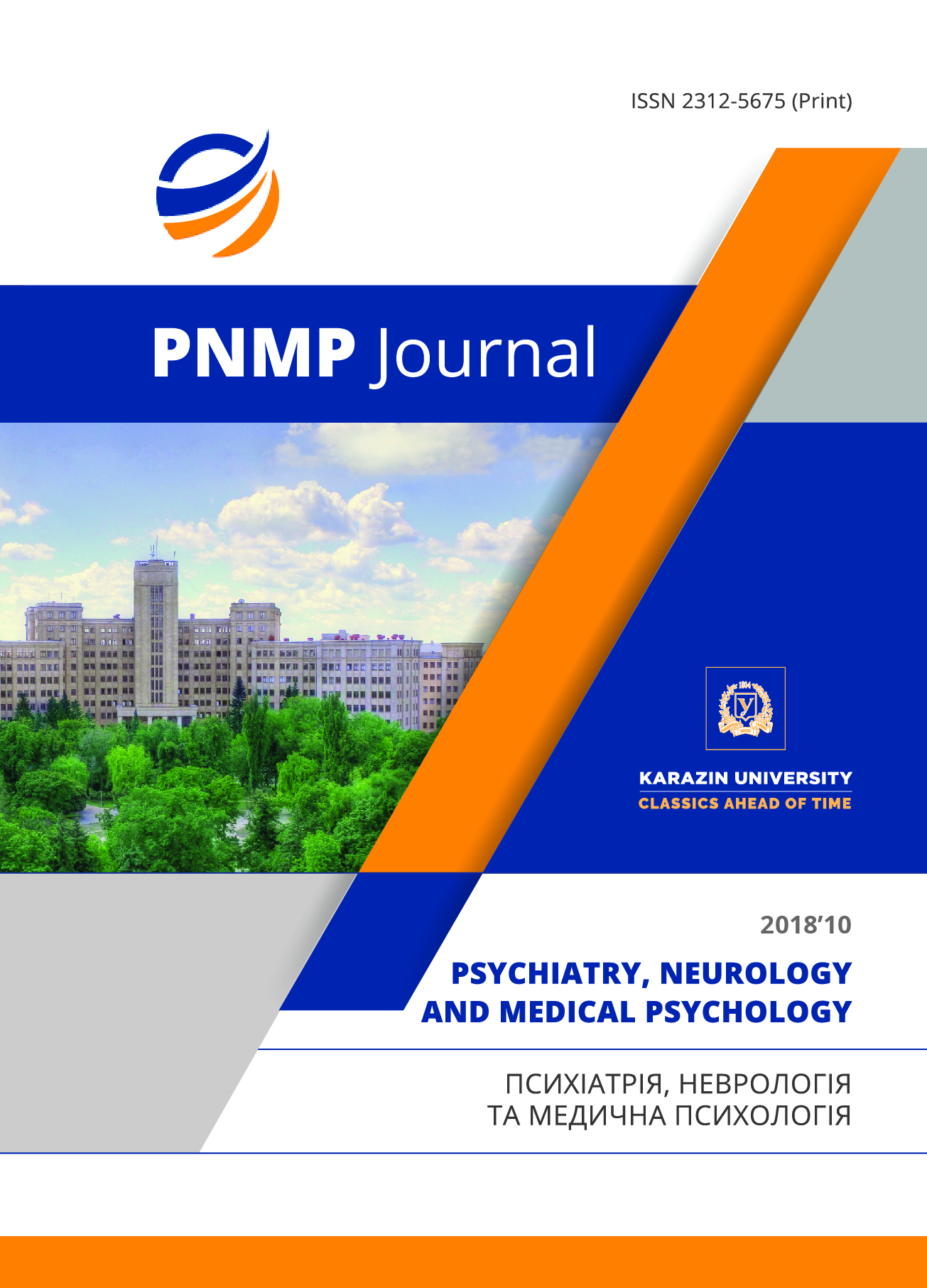Behavioral paтterns in the genesis of psychological disadaptation in representatives of youth subcultures in adolescent age
Abstract
To determine the patronization of psychological maladjustment of the individual in the context of various models of socialization in the subcultural space, 143 adolescents were surveyed, among whom 93 respondents were representatives of youth subcultures: 1) Extremals (n 45) - supporters of searching for new physical sensations based on motor activities (drivers, rollers, skaters) 2) gamers (n 48) - supporters of cyberspace, looking for realization in the field of computer technologies, mainly online-games. The comparison group - n 50. The research was conducted by using the psychodiagnostic method. Behavioral patterns in the genesis of psychological maladjustment were diagnosed using the “Methods for assessing the propensity for rejected behavior” by A. N. Orel and “The methods for studying the propensity for victim behavior by A. A. Andronnikova. It has been proven that the tendency towards victimization and deviating behavior determines the patterns of psychological maladjustment, mainly among maladjusted extreme lovers and maladjusted gamers, against the background of low volitional control of emotional reactions. Tendency to addictive behavior, aggression, together with self-damaging behavior are one of the factors of subcultural socialization. High volitional control of emotional reactions is one of the factors of both maladjustment and immersion in the subcultural space. Aggressive victimization behavior is considered to be the leading component of extreme maladjustment, while self-destructive behavior is seen in adolescent gamers. Hypersocial behavior is a factor-fuse immersion in the subculture. Realized victimization is a sign of both psychological maladjustment and subcultural socialization. The high tendency to dependent helpless behavior determines both subcultural socialization and maladjustment of teen gamers. The identified trends are important for the planning of psycho prophylactic and psycho-corrective measures for working with psychologically maladjusted young people.
Downloads
References
Dekel О., Dempsey L., Moorlock E. Youth Subcultural Theory: Making Space for a New Perspective (chapter 16)/Young Consumer Behaviour: A Research Companion; Ed. By A. Gbadamosi. – London: Routledge, 2017. – Р. 288 – 307.
Khallouli K. J., Gharbi A. Symbolic Consumption by Teenagers: A Discussion through the Optics of Appearance and Identity // International Journal of Business and Social Science. 2013. Vol. 4(7), Р. 99-105.
Erikson E. H. Childhood and Society. Vintage, Alma. 1995.
Маркова М. В. Психопрофілактика порушення функціонування студентської сім’ї (медико-психологічні аспекти): автореф. дис. … доктора медичних наук … 19.00.04 медична психологія. Харківська медична академія післядипломної освіти МОЗ України. Харків, 2007. 36 с.
Алексєєва Т. В., Луньов В. Є. Молодіжні субкультури: розбіжності у світогляді і способі життя/В кн.: Девіантологія: у 2-х ч.: навчальний посібник для студ. вищ. закл. освіти. Ч. 1. – Київ: ТОВ «Планер», 2018. – 674 с.
Практическая психодиагностика (методики и тесты)/Под ред. Д.Я. Райгородского. Самара: Издательский Дом «Бахрах», 1999. 672 с.
Фетискин Н. П., Козлов В. В., Мануйлов Г. М. Социально-психологическая диагностика развития личности и малых групп. – М.: Изд-во Института Психотерапии, 2002. C. 362 – 370.
Андронникова О. О. Психологические факторы возникновения виктимного поведения подростков. Новосибирск, 2005. - 213 с.
Малкина-Пых И. Г. Психология поведения жертвы. – М.: Эксмо, 2006. – 1008 с.
Лапач С. Н., Чубенко А. В., Бабич П. Н. Статистические методы в медико-биологических исследованиях с использованием Excel. — К.: Морион, 2000. — 320 с.

